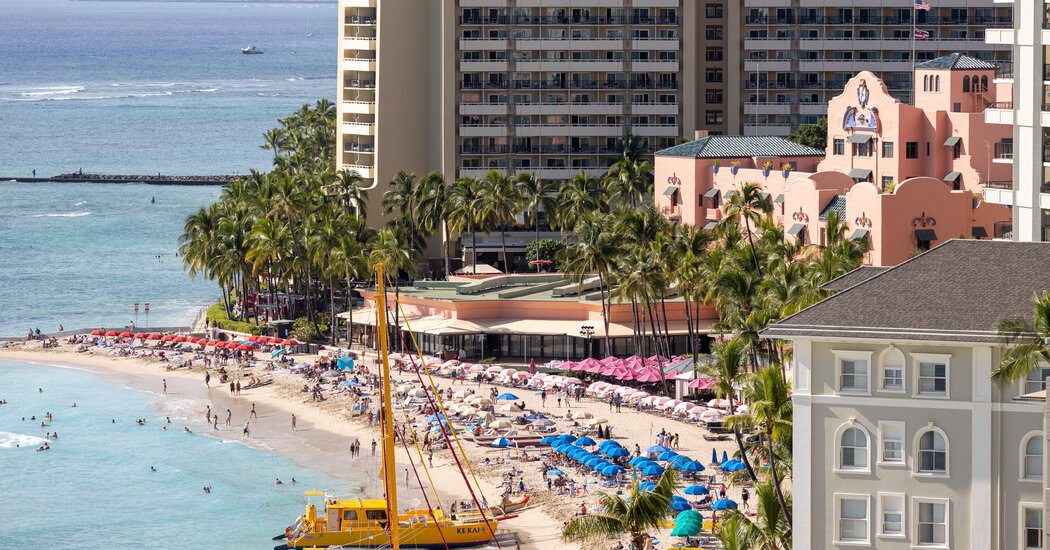Since my first trip to Waikiki Beach in 1977, I have traveled all around the Hawaiian Islands. And I’ve loved each one. But I love Waikiki, too.
Not the hordes of tourists, of course, or the high-end shopping malls that have taken over Kalākaua Avenue and earned it the nickname, Vegas on the Beach. What I love are the remnants of a different Waikiki, a beautiful, tropical paradise that inspired songs and movies and dreams and romance. When I come here, with some time and patience, I can still find that Waikiki.
Lately, it’s become fashionable to dismiss Waikiki as a playland for tourists and not the “real” Hawaii. When I posted pictures of a gorgeous sunset and the waves crashing on Waikiki Beach on social media last March, I got vehement comments like: “Get out of there and see the real Hawaii!”
And: “Here’s where you should be …”
And: “Ugh. Waikiki.”
But Waikiki is no less the real Hawaii than anywhere else, said T. Ilihia Gionson, the public affairs officer for the Hawaii Tourism Authority. “From the beginning, Waikiki has been a very special place that captured the hearts and souls of many,” he said. “The land is the land, and it will always have that certain energy and life force that comes through, no matter what we put upon it.”
According to Mr. Gionson, in prepandemic 2019, Hawaii had 10.4 million annual arrivals, its highest number ever. Numbers this year are running at about 92 percent of that number, or close to 10 million arrivals. The strain of so many visitors on local neighborhoods led the Hawaiian Tourism Authority to ask themselves how they can do tourism better and reinvest economic resources into communities and resources. With its emphasis on local culture, traditions and products, the Mālama Hawaii campaign, which kicked off in 2021, invites travelers to learn how Hawaiians care for their home.
Waikiki, once home to royalty, was an agricultural center, rich with taro fields and rice paddies, and eventually became a seaside neighborhood for local families. The Māhele, a land distribution plan that changed the islands’ communal system of land ownership to a private one in 1848, brought western land barons and the beginning of tourism with hotels built for wealthy tourists.
With the opening of the luxurious Moana Surfrider in 1901, Waikiki’s reputation as a popular tourist destination began. Promoters advertised many of the things that are still synonymous with Waikiki today — lū’aus, lush leis, and…
Click Here to Read the Full Original Article at NYT > Travel…
